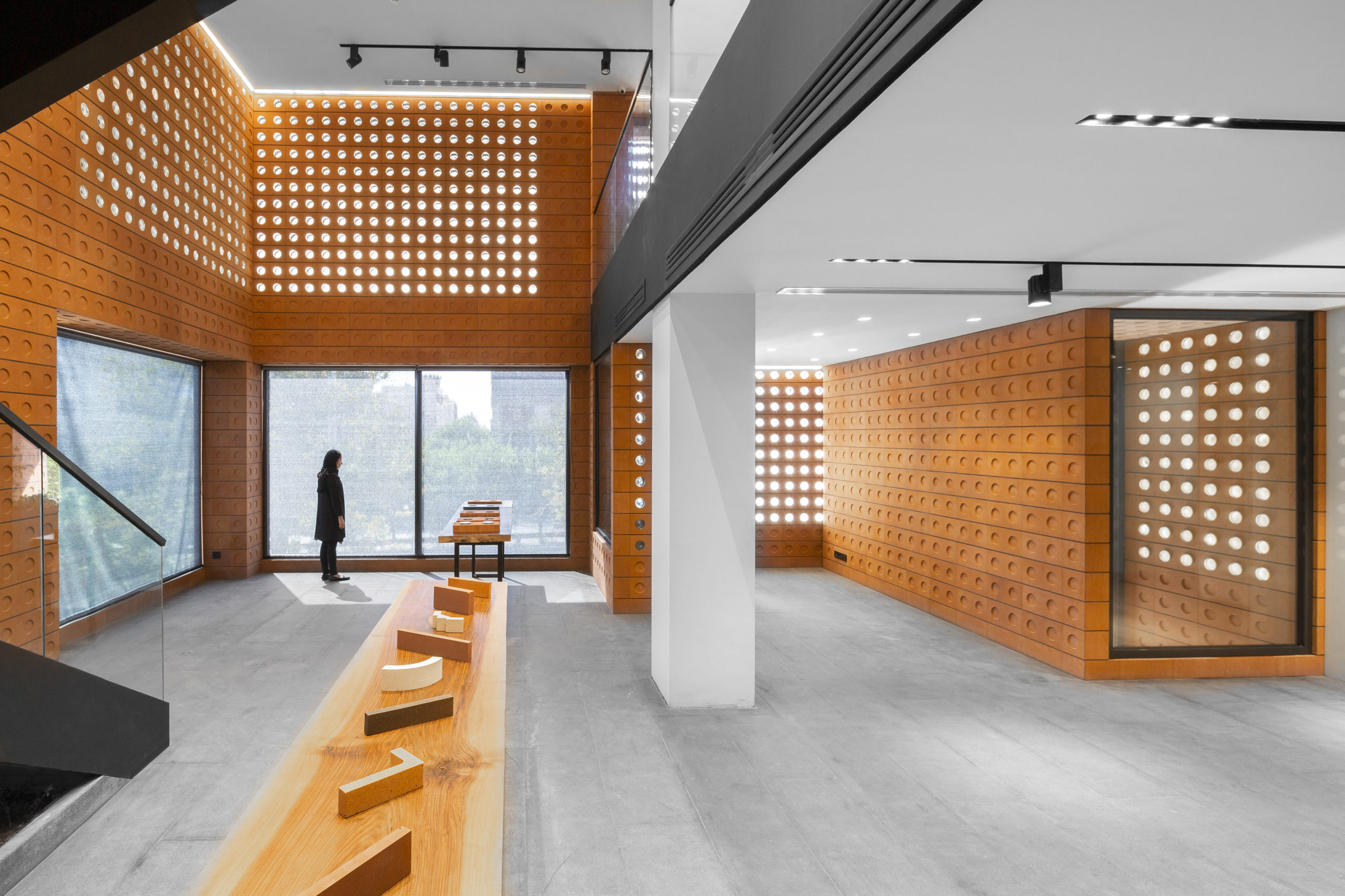Just How CDA Architects Supply Cutting-Edge Solutions for Lasting Style
Just How CDA Architects Supply Cutting-Edge Solutions for Lasting Style
Blog Article
A Comprehensive Summary of Architectural Styles and Their Impact on Modern City Preparation and Growth
Architectural styles have actually long served as a mirror to the social worths and technical improvements of their time, playing a vital function in shaping modern-day city planning and growth. From the magnificence of Neoclassicism to the utilitarian method of Brutalism, each design has actually introduced special concepts that affect urban aesthetics and performance.
Historical Introduction of Building Styles
Throughout background, architectural styles have actually evolved in action to social, technological, and ecological factors. Each period mirrors the prevailing worths, beliefs, and innovations of its time, causing an abundant tapestry of design that symbolizes human creative thinking and adaptation. The ancient human beings, such as the Egyptians and Greeks, established foundational designs that stressed symmetry and proportion, offering both useful and aesthetic purposes.
As societies transitioned via the Center Ages, Gothic architecture emerged, defined by its verticality and detailed describing, mirroring the spiritual goals of the period. The Renaissance noted a revival of classic suitables, combining art and architecture in ingenious means that affected succeeding styles across Europe.
The Industrial Transformation presented brand-new products and building and construction techniques, triggering motions like Innovation, which tested traditional forms and accepted simpleness and functionality. The 20th century saw a diversification of designs, with Postmodernism responding against the stark minimalism of its predecessor, including historic referrals and eclectic elements.
Today, building designs remain to advance, driven by globalization and sustainability concerns, showing a dynamic interaction in between heritage and innovation. This historical summary highlights the relevance of style as a mirror of social advancement and as a catalyst for urban advancement.
Trick Architectural Styles Explained
The diversity of building designs mirrors the myriad impacts that form our built atmosphere, each personifying distinct attributes and cultural significances. Trick building styles include Timeless, Gothic, Baroque, Modernism, and Postmodernism, each standing for special historical contexts and aesthetic approaches.
Classic design, rooted in old Greece and Rome, stresses balance, proportion, and the usage of columns. In comparison, Gothic architecture, prospering in the center Ages, is identified by sharp arcs, ribbed safes, and flying buttresses, creating a heavenly top quality in cathedrals. Baroque style, emerging in the 17th century, is marked by grandeur, sophisticated ornamentation, and a dynamic interaction of light and shadow.

Understanding these styles provides insight into the social stories and technical innovations of their respective eras, highlighting how architecture serves not equally as a sanctuary, yet as a representation of social worths and ambitions.
Effect On Urban Planning
In shaping the development of cities, building designs significantly affect metropolitan planning choices. The choice of building design commonly determines the looks, functionality, and total character of city settings.
Additionally, building styles can impact zoning guidelines and land use plans. Urban planners have to think about the dominating architectural fads when creating areas, making sure that brand-new developments balance with existing structures. This consideration fosters cohesive metropolitan landscapes and enhances neighborhood identification.
The application of certain architectural styles can likewise influence socioeconomic elements within a city. For instance, premium modern layouts might attract affluent locals and services, bring about gentrification, while more affordable housing solutions could prioritize useful and sustainable styles to fit diverse populations. Ultimately, the interaction in between architectural styles and urban their explanation preparation develops vibrant cities that show both historical context and modern demands, shaping the lived experiences of their residents.
Sustainability and Modern Architecture
Architectural designs play an essential function in dealing with contemporary obstacles, especially in the realm of sustainability. have a peek at these guys As urban locations broaden and environmental problems escalate, contemporary design increasingly welcomes sustainable layout concepts that prioritize power effectiveness, resource preservation, and minimal eco-friendly effect.
Contemporary architectural activities, such as biophilic style and green style, advocate for frameworks that harmonize with their environments, using all-natural materials and advertising biodiversity - cda architects. These styles often include renewable resource sources, such as photovoltaic panels and wind turbines, to reduce reliance on nonrenewable fuel sources and lower carbon impacts
Furthermore, the assimilation of sophisticated technologies, such as clever building systems, improves power administration, maximizing resource use while guaranteeing passenger comfort. Ingenious water monitoring techniques, consisting of rainwater harvesting and greywater recycling, additional add to sustainable city environments.
Significantly, sustainability imp source expands beyond ecological issues; it includes social and financial dimensions also. By promoting area health and promoting inclusivity, modern building styles align with sustainable advancement goals. Subsequently, the development of building methods proceeds to shape durable cities that not just meet the requirements of today yet additionally safeguard the future for generations to come.
Neighborhood Interaction in Style
Neighborhood interaction in style works as a critical bridge in between engineers and the populaces they offer, making certain that the constructed setting mirrors the requirements and ambitions of its individuals. This collective procedure invites neighborhood members to contribute their understandings and choices, promoting a sense of ownership and responsibility towards the rooms they populate.
Reliable neighborhood interaction employs various approaches, such as workshops, studies, and public online forums, to gather varied point of views (cda architects). These methods help with a two-way discussion, permitting designers to understand neighborhood contexts while encouraging citizens to voice their problems and wishes. This inclusivity not only enhances the layout high quality but additionally promotes social equity by dealing with the unique obstacles dealt with by marginalized groups

Verdict
Building designs have greatly affected contemporary city preparation and advancement, showing evolving social and technological contexts. As cities proceed to grow and adapt, the recurring dialogue in between building heritage and modern layout principles will certainly stay important in creating comprehensive, vibrant rooms that enhance top quality of life and promote social equity.
Report this page